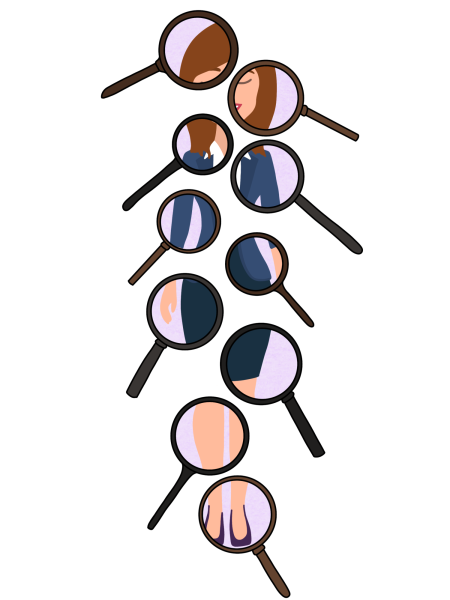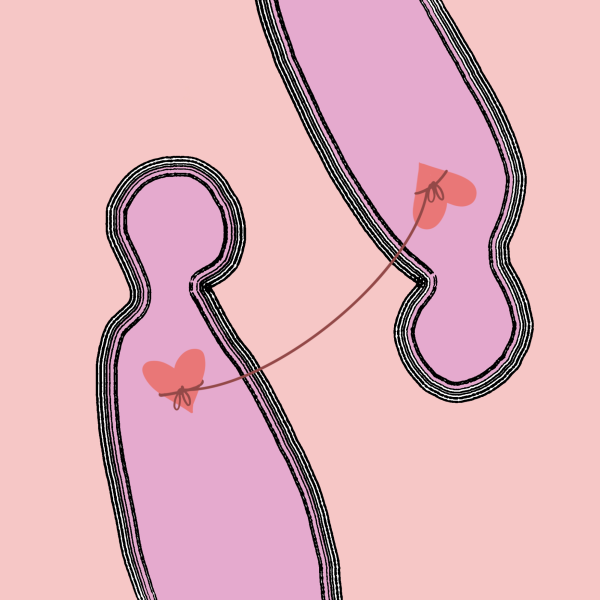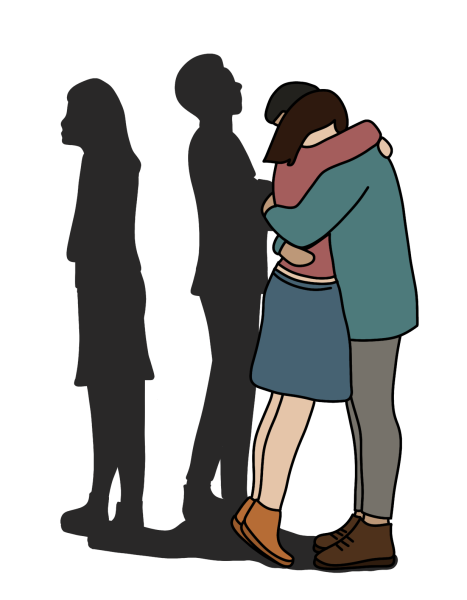Minus the City: The Fetishization of Queer Sexuality
Dancing with my friends at a party, I noticed one of my friends being led astray. Knowing that this was her first time at a party, I kept an eye on her. The girl who had summoned my friend to dance gradually became more aggressive with her movements, keeping my friend’s body pressed tightly against hers. At first, I didn’t think anything of it; it seemed like the usual party antics to me. However, I soon realized that both were dancing directly in front of a group of male athletes seated next to each other in a line, gazing attentively, almost predatory-like, at the spectacle before them. This wasn’t just a completely platonic, friendly dance between two girls.
At this point, I called my friend over. Confused and oblivious, she asked me, “what’s wrong?” When I explained to her what I had noticed, she became visibly uncomfortable. What she believed to be friendly dancing between two girls was actually an attempt to gain the sexual attention of straight men. In doing so, her actions devalued my friend to the point where she became an object, a tool in her pursuit to please other men.
The fetishization of non-heterosexual women is a symbolic extension of women’s lives throughout history: a past in which men decided women were theirs and existed exclusively for their benefit. Of course, we have now gained the right to vote, to property and money amongst many other things that were denied to us in the past. Our bodies, however, remain controlled. This control of women’s bodies comes in many forms, from legislation to the societal stigmatization of women having casual sex and multiple sexual partners. Another form of this control that is overlooked, however, is the fetishization of lesbian and bisexual women.
What heterosexual, hypermasculine men don’t seem to understand is that sexuality is not a choice. More importantly, it is definitely not a choice made for the pleasure of men. Of course, sexuality is complex and multifaceted, and sexual experimentation is very common and real. Nevertheless, this notion of “experimentation” carries within itself a stereotype that perpetuates the idea that a female’s sexuality is fluid, and a male’s is fixed. In other words, assuming that experimentation applies only to women diminishes the importance of a woman’s sexuality. A male’s sexuality is thus seen as inborn, while a woman’s is solely an “experiment.”
When heterosexual men think of lesbian or bisexual relationships, they think of them purely sexually, with no romance involved. They trivialize lesbian relationships to the point where they become superficial or something meant to be watched. This can be seen in advertisements intended for male audiences in which women are depicted in intimate positions, or even in mainstream media like television shows or music videos.
What’s problematic, however, is that women are beginning to perpetuate this problem themselves. Another friend once told me that another friend of hers said that she “only kisses girls at parties in front of other boys to get their attention.” This is simply not okay. Women don’t need to objectify themselves through the fetishization of lesbian relationships in order to get a male’s attention. In doing so, they are inadvertently validating the heterosexual institution that is upheld by our patriarchal society.
The bottom line is that women of all shades, shapes and sizes are completely allowed to form non-heterosexual relationships with other women, without the involvement of men. Women do not belong to men, and only until this is realized will non-heterosexual relationships between women will be displayed in a positive light: one that is both representative and empowering.









